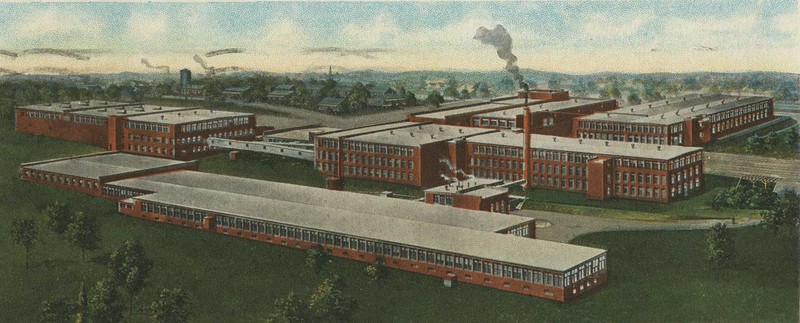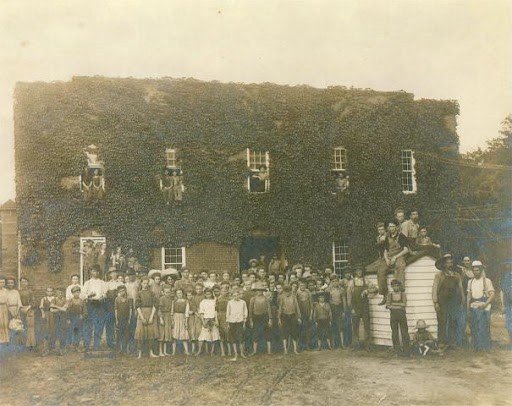This entry includes a walking tour! Take the tour.
Introduction
Text-to-speech Audio
Images
Southern Mill, built 1902.

Whitehall mill children, circa 1910.

Backstory and Context
Text-to-speech Audio
Over the years, lots of Athens locals had industrial jobs whether they wanted to or not. During the first half of the nineteenth century, the workers in the cotton mills were enslaved Black people and poor white people, most of them women and children. After emancipation, jobs inside the textile mills were reserved for white people; Black workers did other work like mixing chemicals into fertilizer, pressing oil out of cotton seeds, laundry, or skilled handicrafts, like masonry. And in what was essentially a reinvented form of slavery, employers could pay the state of Georgia or Clarke County to “lease” the labor of Black people who had been hastily convicted of crimes. Athens’ streets were paved with gravel quarried by these “convict laborers,” and convicts helped build Sanford Stadium. Work and workers, in other words, are a big part of the story of Athens and a huge part of how change came about. In the early 1900s, kids as young as eight were still working 10-hour days in Athens cotton mills and going to school at night. But through their unions and civil rights organizations, workers fought for laws that shortened the workday, banned child labor from industrial workplaces, and established a minimum wage so that parents’ wages could support their families and kids could go to school instead of working all day. Decades later, Black workers were still fighting to get access to the jobs, opportunities, and benefits that white people already had. In recent years, people from Mexico and Central America have found jobs on local "disassembly lines" in chicken processing plants. The story of Industrial Athens is thus a work-in-process, as is this tour. It was begun by students in UGA History Professor Cindy Hahamovitch’s "US History for Future History Teachers" class. There are many more sites and topics to add. Students continue to work on it on a voluntary basis. Want to add to it or share information? Have comments or questions? Email cxhaha@uga.edu.
